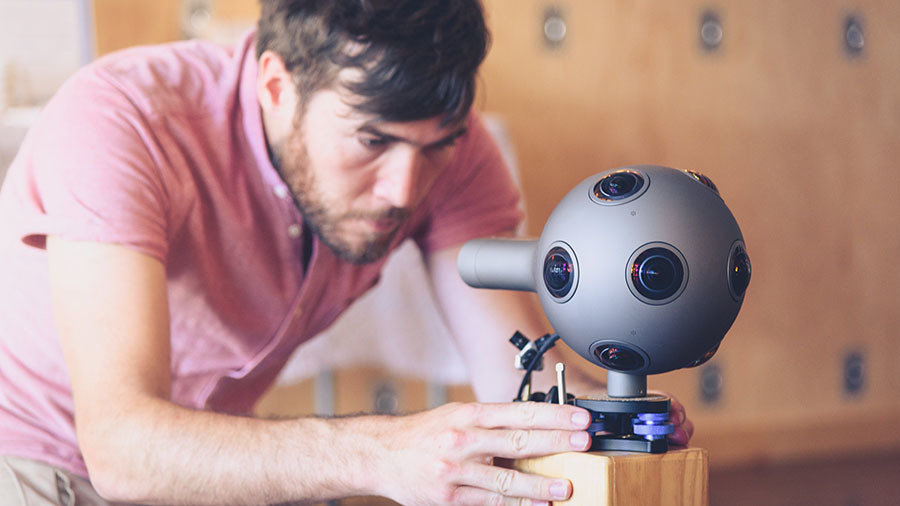

This technique, while extremely time-consuming, has remained popular even through today as the required equipment, rotator heads and software are relatively inexpensive and easy to learn. Using specialized "photo stitching" software, the operator then assembles the "slices" into a single rectangular image, typically 4,500 pixels to 6,000 pixels wide. With a typical point and shoot digital camera, the photographer will snap 8, 10, 12 or 14 slices of a scene. The combination of a precision rotator and a digital camera allows the photographer to take rectangular "slices" of any scene (indoors or outdoors). The photographer may only need to take 6 shots as opposed to 10 shots to capture the same panorama. With a larger detent interval, fewer images are needed to capture a complete panoramic scene. If a given camera lens supports a wider view, one could select a larger detent value (for example, 60° instead of 30°).

The rotator can be adjusted by changing the position of "detent ring or bolt," into another slot, to alter the interval of rotation: 40°, 60°, 90° etc.

As the operator manually rotates the camera clockwise, the camera stops or clicks into a detent at regular intervals, such as every 30° of rotation. This involves the rotation of a digital camera, typically in the portrait (up and down) position and centered directly over the tripod. There are several ways of capturing VR photography. Further information: Image stitching and Omnidirectional camera


 0 kommentar(er)
0 kommentar(er)
